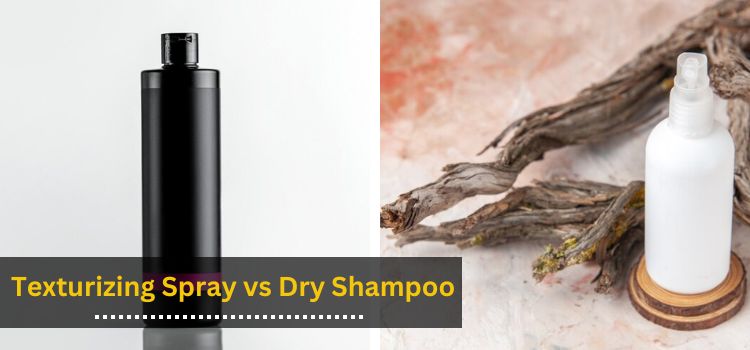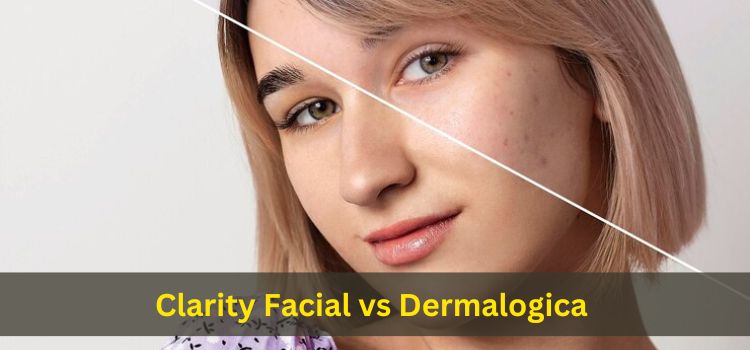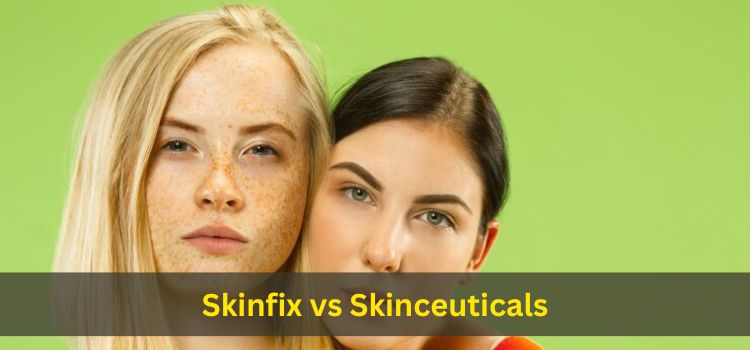Maintaining substantial, fresh-looking hair is a common thing for numerous individuals, but achieving it can occasionally feel like a daunting task. In the hunt for impeccable cinches, texturizing spray, and dry shampoo have surfaced as two popular products that promise to elevate hair texture and refreshesnes. still, understanding the distinctions between these two hair care masses is essential for opting for the right product for your specific requirements. In this comprehensive companion, we’ll claw into the differences, benefits, and stylish uses of texturizing spray and dry soap to help you make informed opinions about your hair care routine.

Texturizing Spray
What’s Texturizing Spray?
Texturizing spray, also known as ocean swab spray or sand spray, is a styling product designed to add texture, volume, and description to the hair. Inspired by the tousled, royal swells of sand hair, texturizing spray generally contains constituents like ocean swabs, minerals, and polymers that produce grip and hold, enhancing the hair’s natural texture.
How Does Texturizing Spray Work?
Texturizing spray is applied to damp or dry hair, fastening on themed lengths and ends to produce tousled swells or piecey texture. The spray’s expression adds volume and fortitude to the hair, allowing for enhanced styling versatility and hold. Texturizing spray can be scrunched into the hair for a more relaxed, beachy look or used to produce defined swells and texture.
Benefits of Texturizing Spray
• Enhanced Texture Texturizing spray adds fortitude and description to the hair, creating a textured, lived-in look that is perfect for royal styling.
• Volume and Body By adding grip and hold to the hair, texturizing spray boosts volume and body, making it ideal for fine or limp hair in need of redundant oomph.
• protean Styling Texturizing spray can be used to achieve a variety of hairstyles, from tousled swells to messy updos, furnishing inflexibility and versatility in styling options.
Dry Shampoo
What’s Dry Shampoo?
Sot soap is a pulverized or aerosol-grounded product designed to absorb redundant oil painting and refresh the hair between wetlands. It’s formulated with beans, tones, and spongy maquillages that soak up oil painting and contaminations, leaving the hair feeling clean, fresh and revitalized.
How Does Dry Shampoo Work?
Sot soap is applied directly to the roots of dry hair, where oil paint tends to accumulate most prominently. The product is also overpraised into the crown to distribute unevenly and absorb redundant oil painting and grease. Dry soap can also be used to add volume and texture to the hair, making it a protean styling product for extending the time between wetlands.
Benefits of Dry Shampoo
• Oil painting immersion Sot soap effectively absorbs redundant oil painting and grease from the crown, extending the time between wetlands and refreshing the hair’s appearance.
• Volume Boost In addition to sanctifying the hair, dry soap adds volume and lift at the roots, making it ideal for fine or flat hair in need of a pick-me-up.
• Convenience Sot soap offers a quick and accessible result for refreshing the hair on the go, making it perfect for busy cultures or trips.
Read More: Hydrating vs. Moisturizing Shampoos
Texturizing Spray vs Dry Shampoo Choosing the Right Product
While texturizing spray and dry soap both offer unique benefits for styling and refreshing the hair, choosing the right product depends on your specific hair care requirements and styling preferences. Then are some factors to consider when opting between texturizing spray and dry soap
• Hair Type Texturizing spray is best suited for adding texture and volume to the hair, making it ideal for those with fine or limp hair in need of redundant body and description. Dry soap, on the other hand, is perfect for absorbing redundant oil painting and refreshing the hair between wetlands, making it suitable for all hair types, especially those prone to greasiness.
• Styling pretensions If you are looking to enhance your hair’s texture and produce tousled swells or piecey description, texturizing spray is the way to go. On the other hand, if you are aiming to extend the time between wetlands and refresh your hair’s appearance without water, dry soap is the perfect result.
• Frequency of Use Consider how frequently you wash your hair and how constantly you will be using the product. Texturizing spray is generally used as a styling product on an as-demanded base, while dry soap can be used diurnal or whenever your hair needs a quick pick-me-up between wetlands.
• Operation system Texturizing spray is applied to damp or dry hair and worked through the beaches for indeed distribution, while dry soap is applied directly to the roots and overpraised into the crown. Consider which operation system aligns with your styling routine and preferences.
Conclusion
In the debate between texturizing spray and dry soap, both products offer precious benefits for achieving impeccable hair texture and newness. Texturizing spray enhances the hair’s natural texture and volume, making it perfect for creating tousled, beachy swells and defined styles. Dry soap, on the other hand, absorbs redundant oil painting and refreshes the hair between wetlands, extending the time between shampooing and revitalizing the hair’s appearance.
Whether you choose texturizing spray to enhance your styling versatility or dry soap to refresh your hair on the go, incorporating either product into your hair care routine can help you achieve the perfect balance of texture, volume, and newness for impeccable cinches.
FAQs
1. Can I use texturizing spray and dry soap together?
• Yes, texturizing spray and dry soap can be used together to achieve optimal styling results. Start by applying dry soap to absorb redundant oil painting and refresh the hair, also follow up with texturizing spray to add volume and texture for an impeccable finish.
2. Can texturizing spray be used on all hair types?
• Texturizing spray is suitable for all hair types, but it may be particularly salutary for fine or limp hair in need of redundant volume and description. Those with coarse or thick hair can also use texturizing spray to enhance texture and produce defined styles.
3. How frequently should I use dry soap?
• The frequency of dry soap operation depends on your hair’s oiliness and styling requirements. Some individuals may use dry soap daily to refresh their hair between wetlands, while others may only use it sometimes as demanded.
4. Can dry soap replace regular soap?
• While dry soap is an accessible option for refreshing the hair between wetlands, it isn’t a cover for regular shampooing with water. It’s essential to cleanse the hair and crown completely with water and soap to remove dirt, oil painting, and product buildup for optimal hair health.
5. Will texturizing spray weigh down my hair?
• Texturizing spray is formulated to add volume and texture to the hair without importing it down. still, using inordinate quantities of product or applying it too near to the roots may affect it in a heavier, slithery sense. Start with a small quantum of texturizing spray and acclimate as demanded to achieve your asked style.


